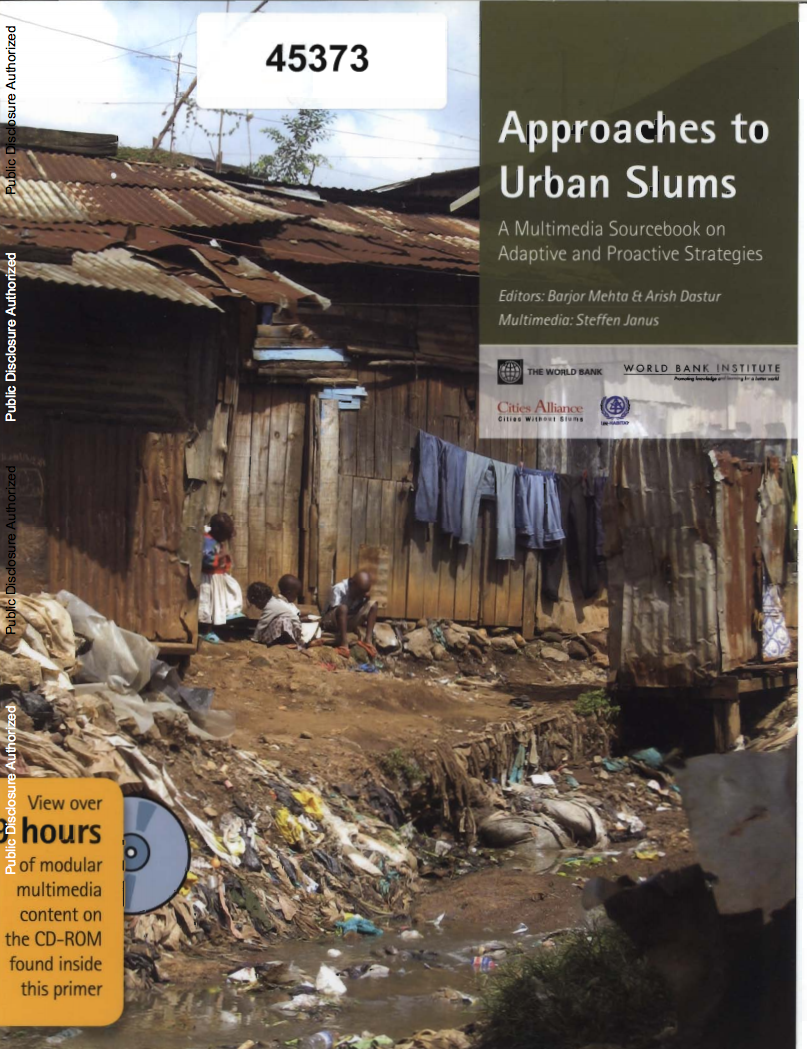The Growth Report : Strategies for Sustained Growth and Inclusive Development
The report has four main parts. In the
first, the commission reviews the 13 economies that have
sustained, high growth in the postwar period. Their growth
models had some common flavors: the strategic integration
with the world economy; the mobility of resources,
particularly labor; the high savings and investment rates;
and a capable government committed to growth. The report
goes on to describe the cast of mind and techniques of


